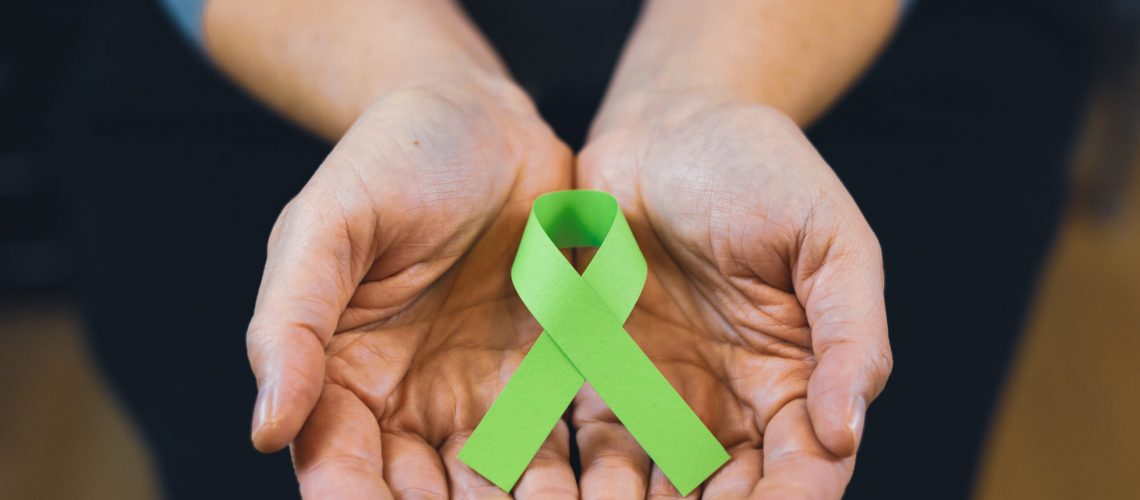
Shedding Light on the Unseen: The relationship between mental health and substance use disorder
May is Mental Health Awareness Month a time to reflect on the state of mental health in our communities. This month serves as a vital reminder of the importance of prioritizing mental well-being, breaking down stigma and advocating for accessible and effective whole-person healthcare for all.
According to the Substance Abuse and Mental Health Services Administration (SAMHSA), the intersection of mental illness and substance use disorder is a significant concern. In 2022, 21.5 million adults, age 18 or older, had both a mental illness and substance use disorder. However, despite this being a known statistic, SAMHSA’s data revealed that only 2 in 5 of these adults received treatment for their mental illness or substance use disorder. This co-occurrence presents unique challenges and underscores the necessity for comprehensive, integrated treatment approaches.
Not only are few people receiving treatment, according to the National Alliance on Mental Illness (NAMI), the average delay between the onset of mental illness symptoms and treatment is a staggering 11 years. This prolonged gap not only allows conditions to worsen but also causes missed opportunities for intervention and recovery.
As we shine a light on mental health and SUD, it’s crucial to acknowledge the multifaceted nature of these challenges and the urgent need for action. Here are some things that can be done today to help with this crisis:
- Destigmatizing Mental Health: Addressing the stigma surrounding mental illness and substance use disorder is essential. By fostering open, compassionate conversations and challenging misconceptions, we can create a more supportive environment where individuals feel empowered to seek help without fear of judgment or discrimination.
- Integrating Care: Recognizing the complex interplay between mental illness and substance use disorder, there is a critical need for integrated treatment approaches. By addressing both issues concurrently and providing comprehensive, holistic care, outcomes can be improved which can promote long-term recovery.
- Early Intervention and Prevention: Efforts to reduce the delay in seeking treatment must be prioritized. This includes early detection programs, mental health education initiatives and proactive outreach to at-risk populations. By intervening early, we can mitigate the impact of mental illness and prevent unnecessary suffering.
Navis Clinical Laboratories offers comprehensive mental health adherence and SUD testing to help clinicians identify patient medication non-adherence and high-risk behavior that could have dangerous or deadly outcomes.
If you or someone you know is struggling, SAMHSA’s National Helpline is a free, confidential, 24/7, 365-day-a-year treatment referral and information service (in English and Spanish) for individuals and families facing mental and/or substance use disorders.
Call or text 988 to reach the 988 Suicide & Crisis Lifeline for 24/7, free and confidential support for people in distress, and prevention and crisis resources for you or your loved ones.
Additional Resources
NAMI HelpLine: Find mental health resources in your area.
FindTreatment.gov: Find treatment for mental health and/or substance use disorders.
